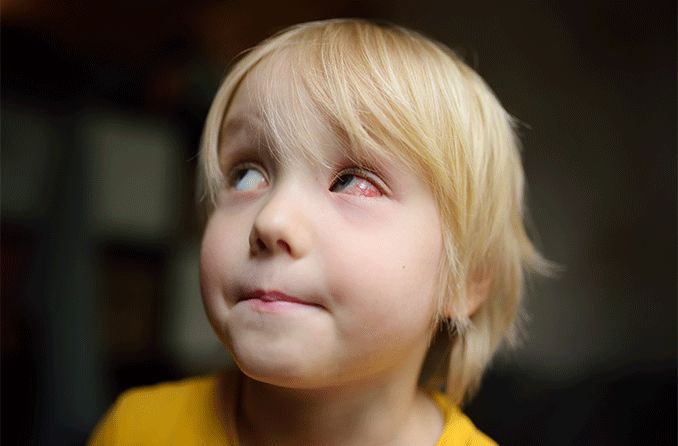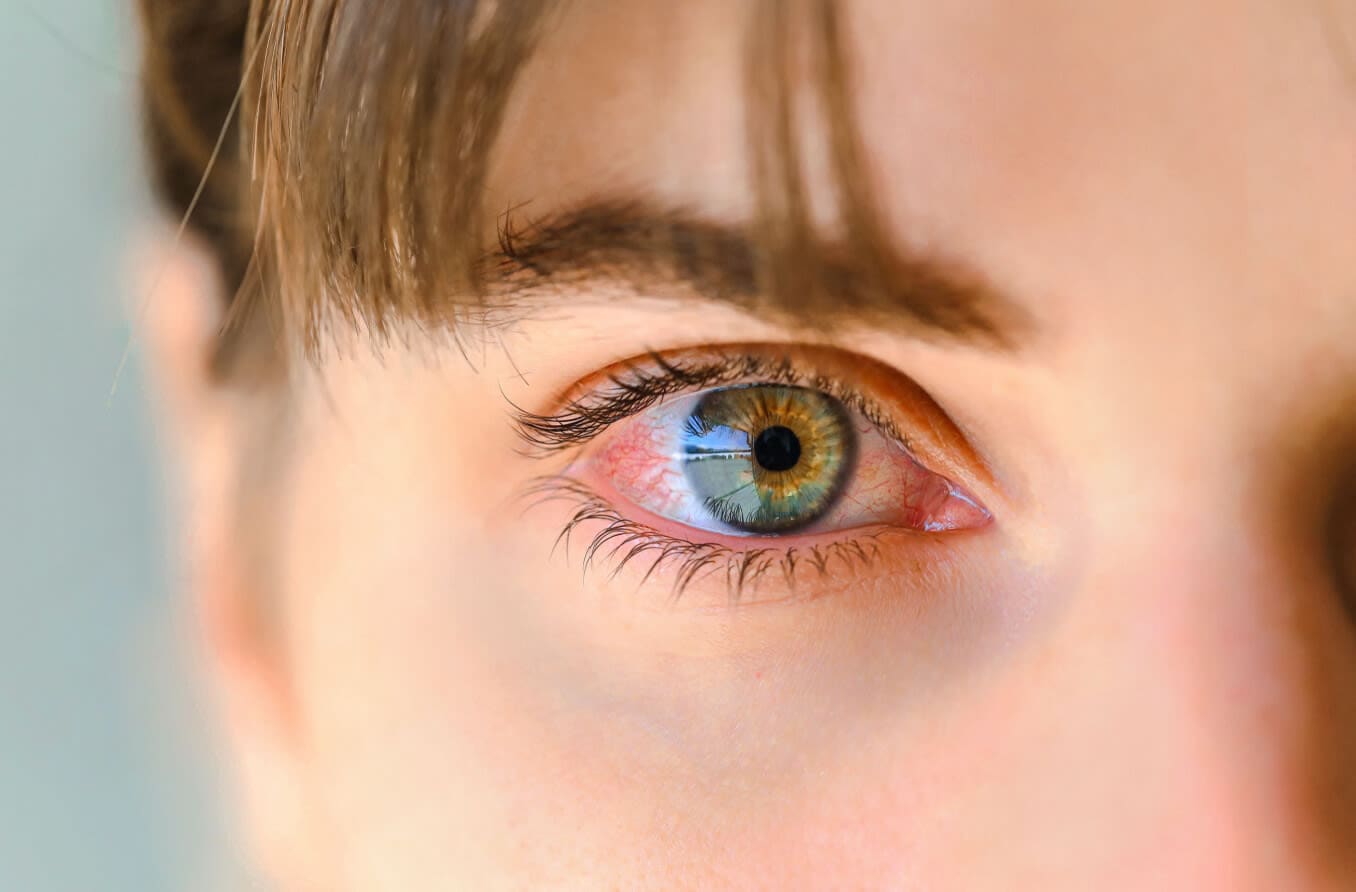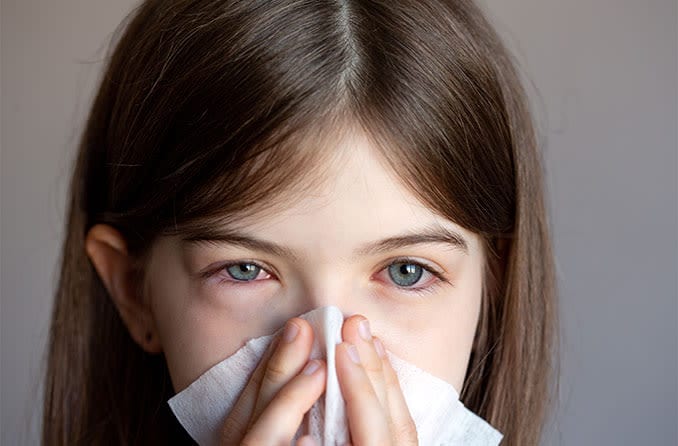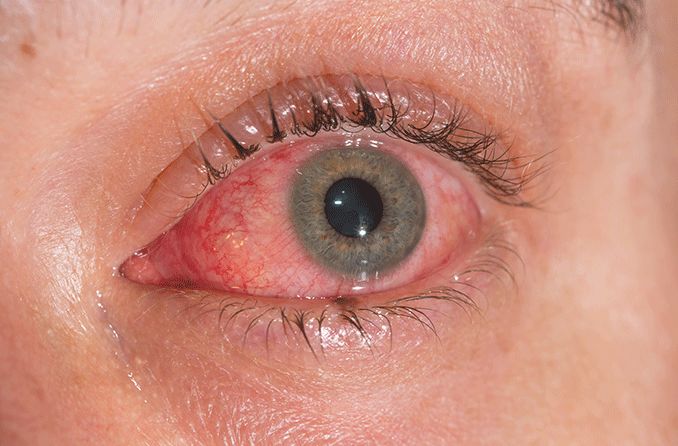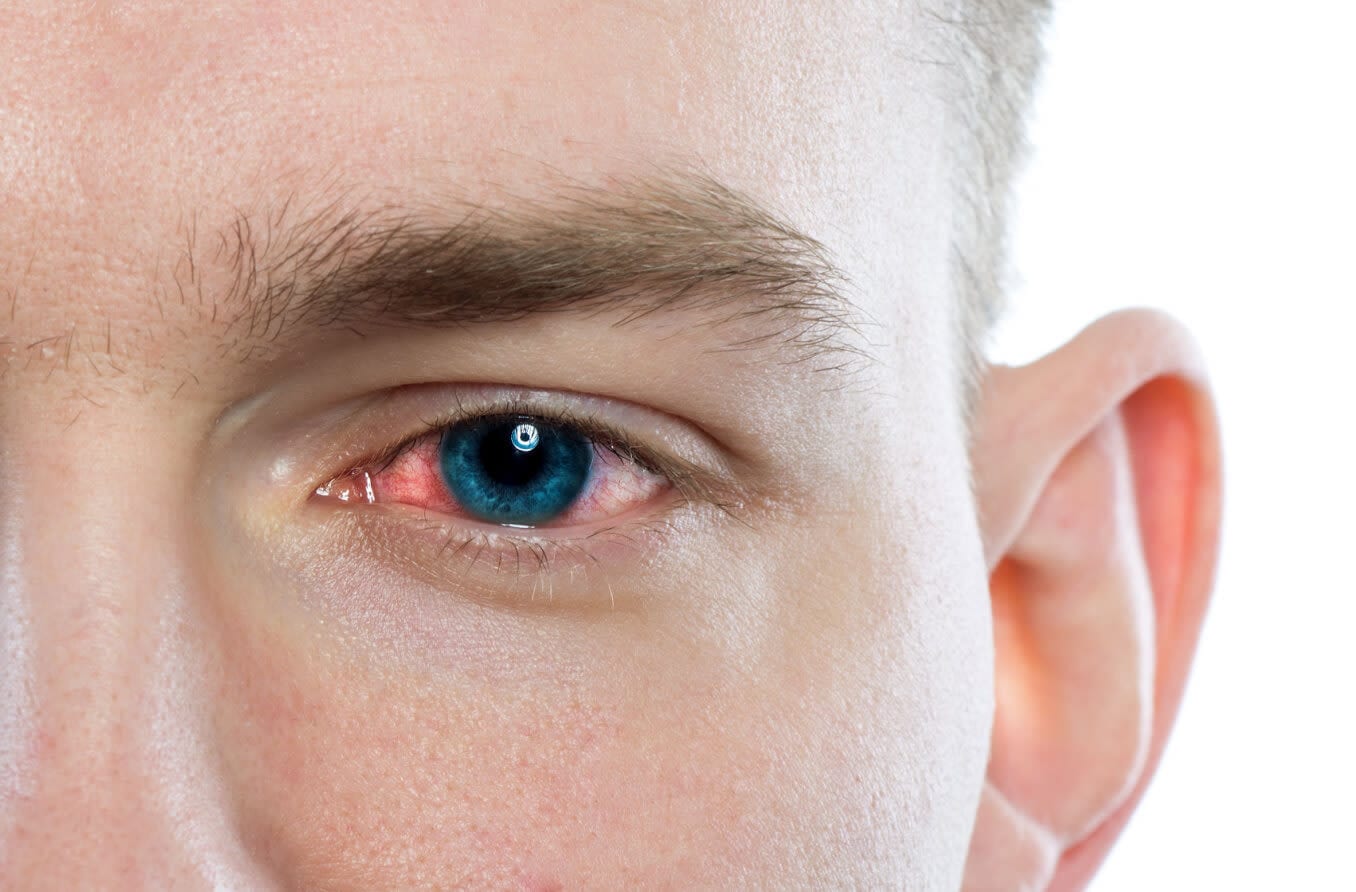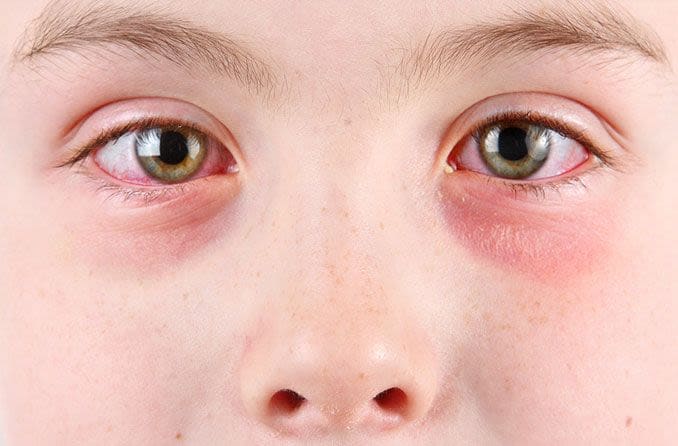Vernal conjunctivitis vs. allergic conjunctivitis
Allergic conjunctivitis (also called eye allergies) develops when allergies affect the eyes. The most telltale symptoms of eye allergies are redness, inflammation and eye watering. Many people experience mild to moderate discomfort from allergic conjunctivitis.
Eye allergies are usually caused by airborne allergens. They can be seasonal, but some people have eye allergies year round.
Seasonal allergies often reach their peak during the spring and summer and go away during the winter. This correlates to the life cycles of most plants. Perennial allergies often last all year. This is because their sources aren’t influenced by the seasons.
Seasonal allergies come from:
- Pollen
- Grass
- Weeds
- Mold spores
Perennial allergies are most often caused by animal dander and dust mites.
Vernal conjunctivitis is a type of allergic conjunctivitis usually caused by seasonal allergens. But it’s important to note that this condition can often be more rare and severe than typical eye allergies.
Like other types of allergic conjunctivitis, vernal conjunctivitis affects the conjunctiva. The conjunctiva is the mucous membrane that covers the sclera (the white of the eye) and the inner surface of both eyelids. It provides protection and lubrication and helps produce tears and mucus.
Vernal keratoconjunctivitis
Vernal keratoconjunctivitis (VKC) is a subtype of vernal conjunctivitis. It develops when the condition spreads to the cornea.
Keratoconjunctivitis is a combination of keratitis and conjunctivitis, which impact the eyes differently. In the case of vernal conjunctivitis, the conjunctiva is always affected, but the cornea may not be. If the cornea is involved, the term vernal keratoconjunctivitis may be used instead.
It’s been shown that most cases of vernal conjunctivitis are severe enough to be considered VKC.
